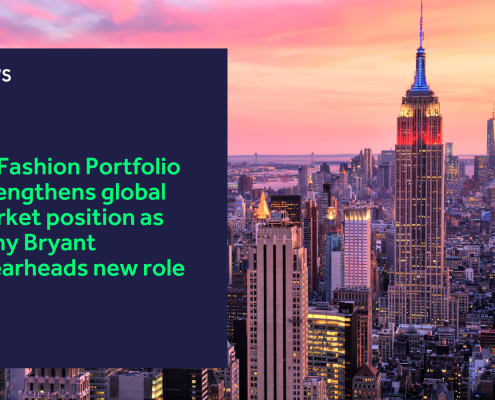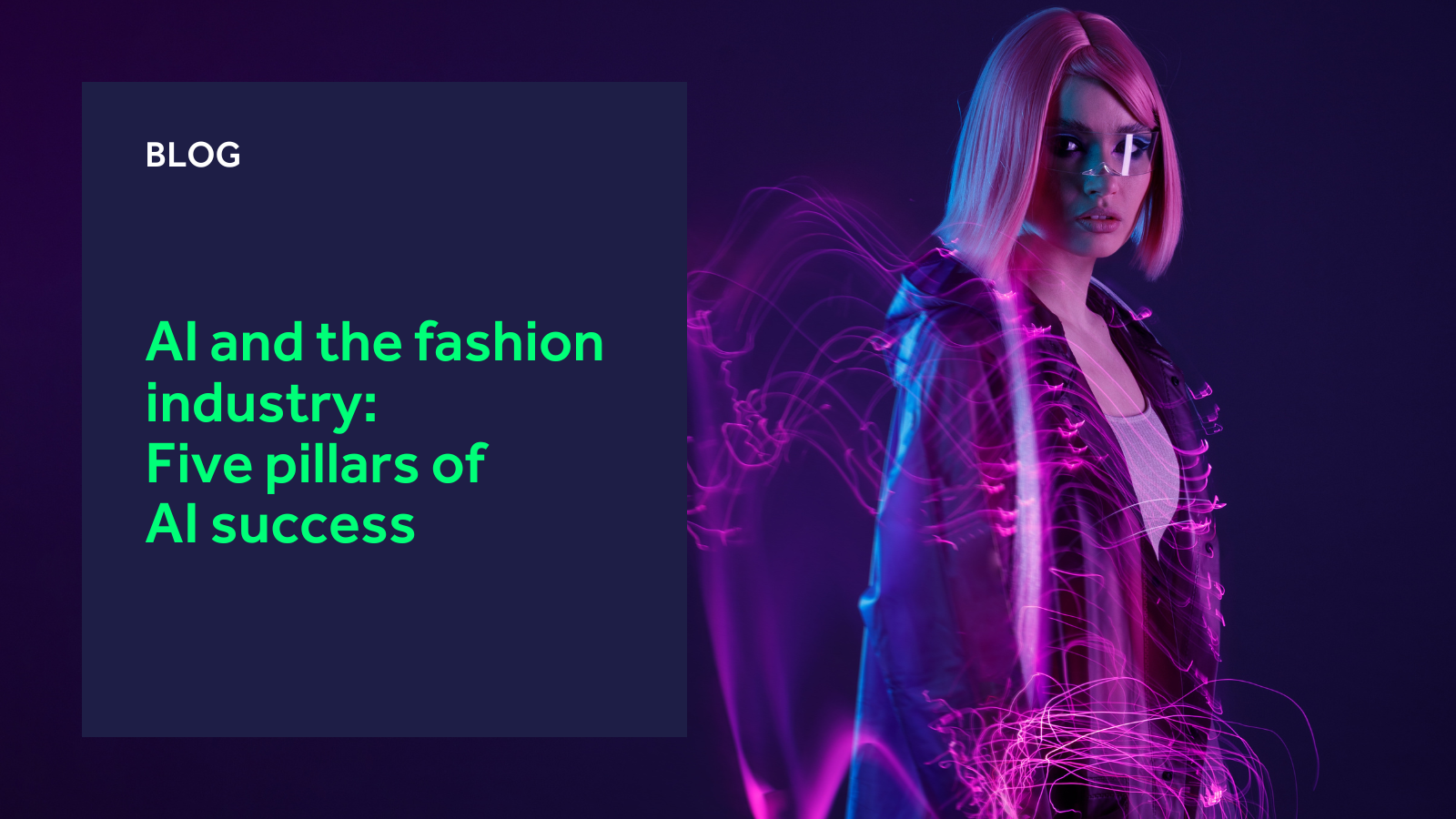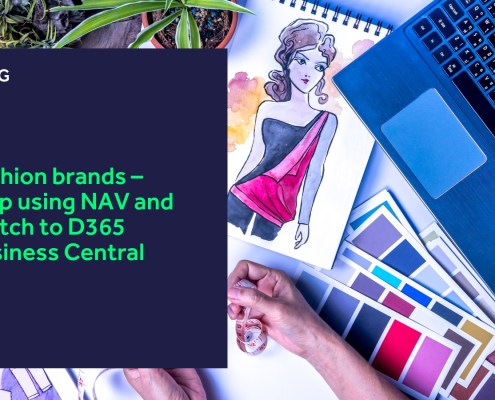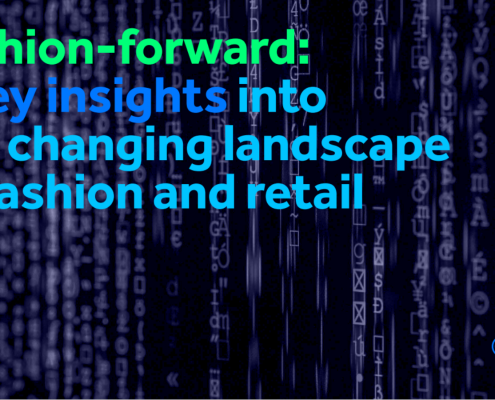Though Machine Learning has been around for quite some time, the development of Artificial Intelligence (AI) has been truly transformative over the past year or so.
From Chat Generative Pre-trained Transformer (ChatGPT) being utilised to generate written content such as essays and CVs (or résumés, for our American readers), to the recent controversy over the use of the synthetic media type commonly referred to as ‘deepfakes’, AI really has taken the world by storm.
And the fashion industry is no exception.
In fact, generative AI could add $150 billion, conservatively, and up to $275 billion to the apparel, fashion, and luxury sectors’ operating profits in the next three to five years, according to McKinsey analysis.
Basic AI and other frontier technologies, such as digital twins, Radio Frequency Identification (RFID) tags, virtual fitting rooms, mixed reality, and the metaverse, have already been put to the test within the fashion industry, and according to McKinsey, it can be used further across the fashion value chain.
And that’s where Microsoft comes into play – building the bridge between AI technology and the supply chain.
D365 Copilot is shaping the next-generation of AI
Microsoft Dynamics 365 Copilot employs next-generation AI capabilities to take its Enterprise Resource Planning (ERP) system to the next level.
Launched earlier this year, the world’s first AI copilot in both CRM and ERP utilises game-changing technology that promises to modernise the way work gets done and drive innovation; from streamlining operations to speeding time to actionable insight.
And as a top Global Independent Software Vendor (GISV) and leading Cloud for Retail partner, at K3, we fully support and are committed to working alongside Microsoft on the next generation of AI for the fashion vertical, in addition to setting our own momentum around AI and how we can use Copilot within the supply chain management functionality of our fashion product portfolio.
Our primary focus is on how the information created from hundreds of thousands of records per season can be used to improve or ease daily life. At present, we’re using AI to automatically read images, to add item details to products automatically (short sleeve, V-neck, zipper fly, etc.), and to translate. But be sure to watch this space, as more promising features are in the pipeline…
Though it’s an exciting time for the fashion industry on the technology front, it’s important not to rush the process of implementing AI into your business strategy.
After all, introducing AI into any given business is by no means as straightforward as flicking on a switch (though, wouldn’t it be great if it was so easy?).
With that said, let’s explore Microsoft’s five pillars of AI success.
Business strategy
When it comes to AI technology within the fashion space, there’s a whole host of opportunities to discover.
Perhaps you’re looking to automate order processing, tap into predictive demand forecasting in your procurement processes, or personalise the customer journey.
However you plan on enhancing your operations, it’s important to first look at your business objectives, and then learn about the different use-cases of AI to understand how these will measure against your strategy.
Essentially, the focus shouldn’t be merely based-off what AI can do, but rather what your business needs it to do.
Technology strategy
Before looking to utilise AI, it’s important to ensure that your current business systems and processes are in good shape.
After all, implementing AI first requires you to have the necessary infrastructure in place for AI applications to access data securely, quickly, and at scale.
If your house is in order, then the second step is to evaluate how AI can be strategically weaved into your technology strategy.
For example, consider whether you ought to buy, build, or modernise AI applications, and whether it would be better for you to host data and AI applications on premises, or in the cloud.
AI strategy and experience
Once your business and technology strategies are aligned, it’s time to focus on mapping out an AI strategy that is both systematic and customer centric.
As there are an abundance of different use-cases for AI, begin by experimenting in just some parts of your organisation.
Decide which areas of your business to prioritise, start testing ways in which AI can help these business areas, and review.
During this experimental phase, it’s crucial to ensure you’re using the right tool for the right job.
Organisation and culture
Organisation and culture are often critical factors for success.
Businesses must endeavour to take an inclusive approach when developing their AI operating model by ensuring that current investments in people, processes, and technologies are leveraged.
Businesses must develop a clear AI operating model that takes into consideration support from leaders, an embracive approach to change management, opportunities to upskill and learn, and establishing strong relationships with subject-matter experts.
AI governance
Finally, AI must be built on a foundation of security, risk management, and trust – key principles that apply to any consequential new technology.
Before looking to implement AI technology within your business processes, it’s crucial to first establish rules of governance in order to mitigate risks and capitalise on functionality.
For Microsoft, “a theme that is core to our responsible AI programme and its evolution over time is the need to remain humble and learn constantly.
Responsible AI is a journey, and it’s one that the entire company is on,” according to Natasha Crampton, Chief Responsible AI Officer at Microsoft.
AI in the fashion world has the potential to help businesses become more productive, get to market at a faster pace, and provide better customer service.
The combination of the vast creativity and art within the fashion space combined with AI can truly provide optimum business value as the technology can help provide effective, data-driven decisions across end-to-end business systems – though this is realistically only achievable with the right model for success, as outlined above, in play.
 https://www.k3btg.com/wp-content/uploads/2024/03/K3-strengthens-global-market-position-blog-header.png
900
1600
Jordan Heal
https://www.k3btg.com/wp-content/uploads/2022/03/K3_Master_Colour_RGB.svg
Jordan Heal2024-03-11 10:58:242025-02-21 14:37:51K3 Fashion Portfolio strengthens global market position as Tony Bryant spearheads new role
https://www.k3btg.com/wp-content/uploads/2024/03/K3-strengthens-global-market-position-blog-header.png
900
1600
Jordan Heal
https://www.k3btg.com/wp-content/uploads/2022/03/K3_Master_Colour_RGB.svg
Jordan Heal2024-03-11 10:58:242025-02-21 14:37:51K3 Fashion Portfolio strengthens global market position as Tony Bryant spearheads new role

